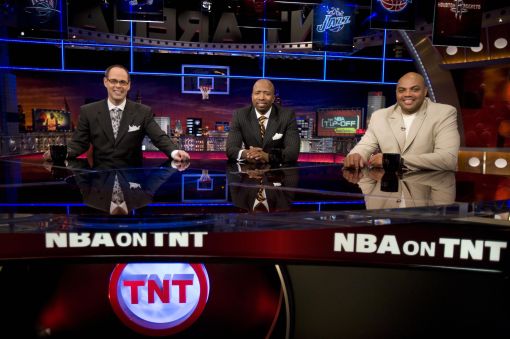There’s no reason statistics should be ignored in sports

Photo provided by westword.com.
April 22, 2015
Sports and math should absolutely not be on opposite sides of a debate. An athlete’s physical performance as well as his or her statistics can work together, as they should be. It’s disappointing to see different “analysts” reject statistical arguments and brush them off by saying they don’t know where the stats come from or that they disagree with the results.
The most recent example of this behavior comes from the NBA. Charles Barkley, the Hall of Fame power forward and TNT analyst, called out Houston General Manager Daryl Morey for being “one of those idiots who believes in analytics”.
Except, Sir Charles, Morey has been tremendously successful using analytics. Morey built the Rockets, and they’re currently one of the best teams in a brutal Western Conference.
The Rockets have been without star center Dwight Howard for 37 games this season, and key contributors Terrence Jones and Donatas Motiejunas have also missed time. The only reason Houston is competitive is because Morey’s asset-stacking strategy allowed the Rockets to trade for MVP candidate James Harden three years ago and pick up Dwight Howard in free agency the summer of 2013.
Morey’s strategy of collecting and then trading assets is bred off his philosophy of using statistics to evaluate talent. Morey values his players’ production, and he knows almost exactly how much each is worth using metrics. Then, he can trade in his chips in for an upgrade. Morey can also effectively scout undervalued players and turn them into effective pieces. This happened to also-rans Corey Brewer and Josh Smith.
These newfangled methods befuddle old sticks-in-the-mud like Barkley. These naysayers just ignore the results like how the analytic San Antonio Spurs have won five championships under Gregg Popovich. The Spurs were awarded the Best Analytic Team in pro sports at February’s MIT Sloan conference, and General Manager R.C. Buford was awarded a Lifetime Achievement award. The Spurs dominated the NBA last season because they discovered the value of the corner three, the underrated passing big man (Boris Diaw), late draft picks (Tony Parker, Manu Ginobili). That they traded point guard George Hill into the draft pick that became Finals MVP Kawhi Leonard helped as well.
That’s not to say stats alone are utilized by smart teams like the Spurs. True analysis should combine the observable with the quantifiable. Smart teams use SportsVU cameras and the data they provide to evaluate the efficiency per possession of different plays. Additionally, the new real adjusted plus minus (RAPM) data can show that lineups with three non-shooters like Josh Smith, Greg Monroe and Andre Drummond are ineffective.
Sadly, these statistics are often brushed away. Anthony Davis has a prosperous 30.8 player efficiency rating (PER) which is all-time good, and a godly 59% true shooting percentage, but his MVP candidacy is invalidated by his team’s mediocre record. Is it Davis’ fault that Eric Gordon is bricking shots or that he, Ryan Anderson and Jrue Holliday have missed games due to injuries, contributing to the team’s lackluster record?
Fans and analysts alike should spend the requisite time to learn and understand statistics so their arguments can have a little more nuance. Statistics are no longer just for nerds, and honestly, if your team isn’t using them they just might be the squares.











![STICKING UP FOR PRIDE TAPE |
The NHL has changed its position more than once on the use of Pride Tape by its players. Some hockey players, like North’s own John Cueter, want to see more opportunities to express support for social issues on the ice. “I do feel like players should have the autonomy to express themselves [on the ice],” Cueter said.](https://northpointenow.org/wp-content/uploads/2023/12/unnamed-29.jpg)
